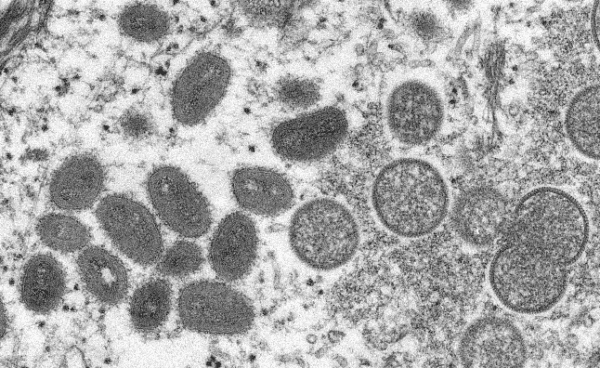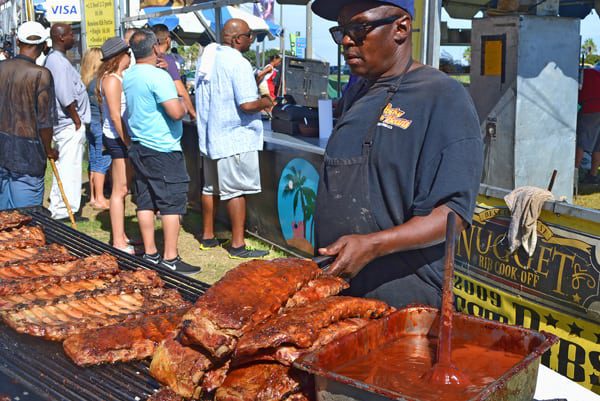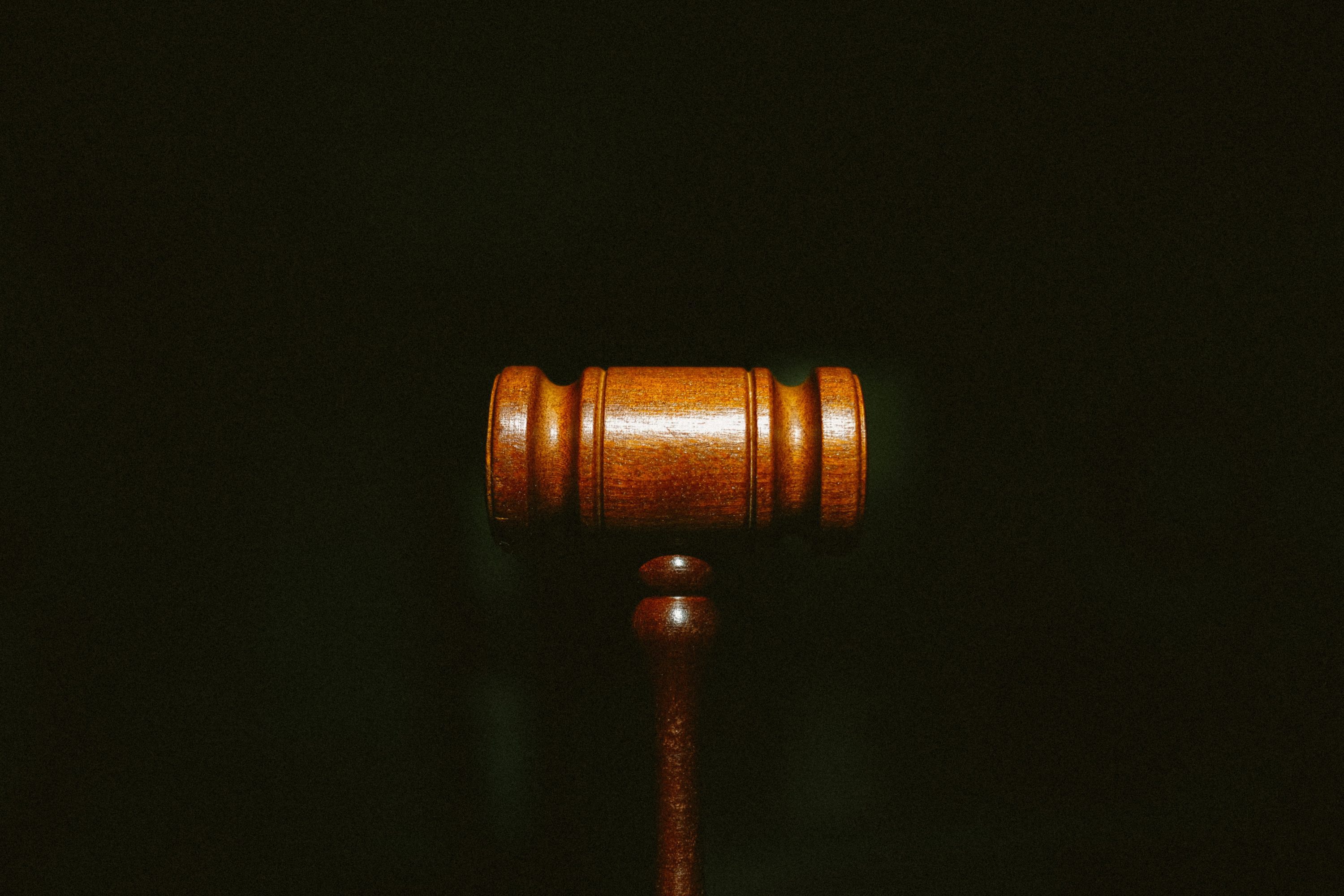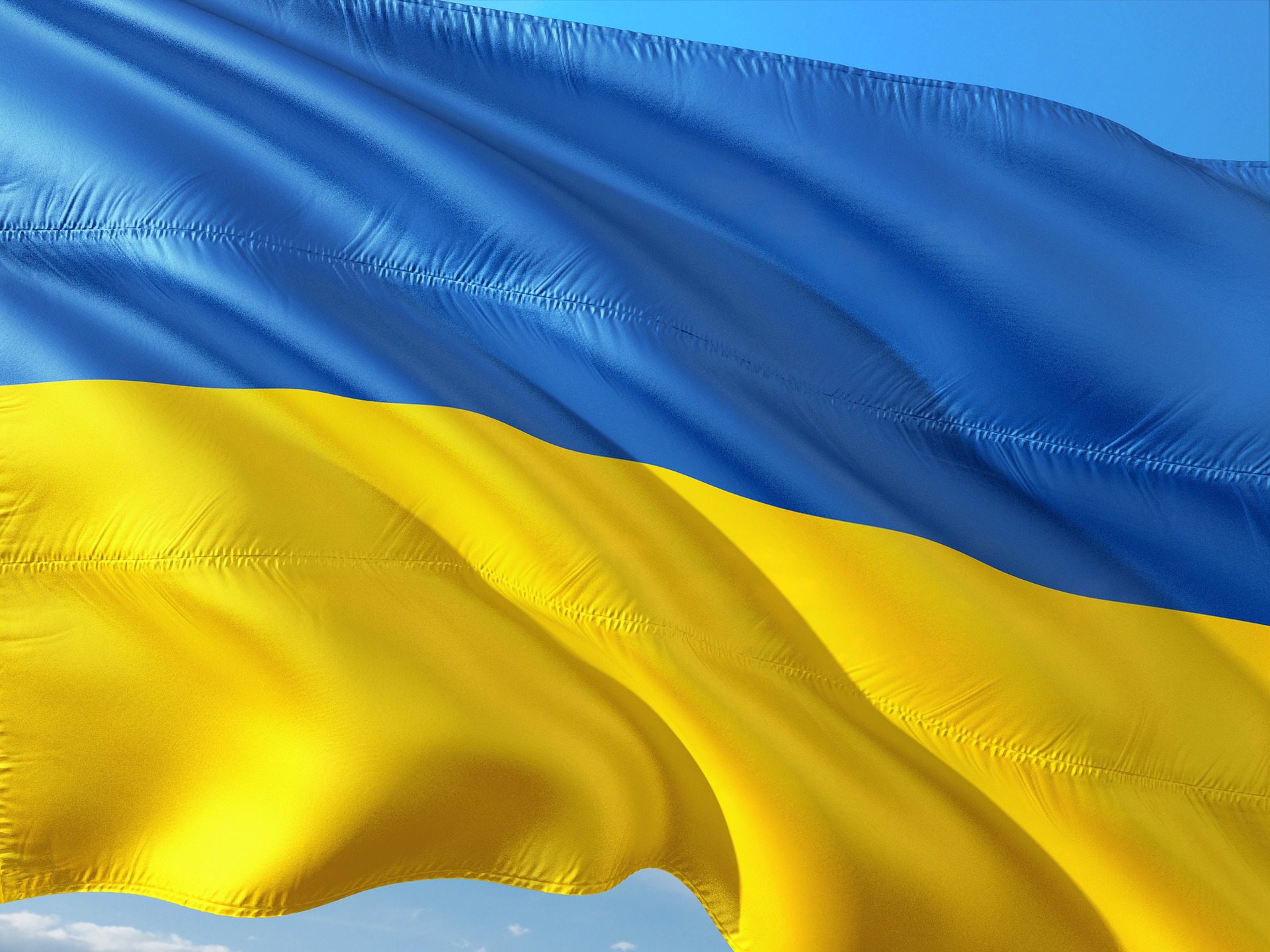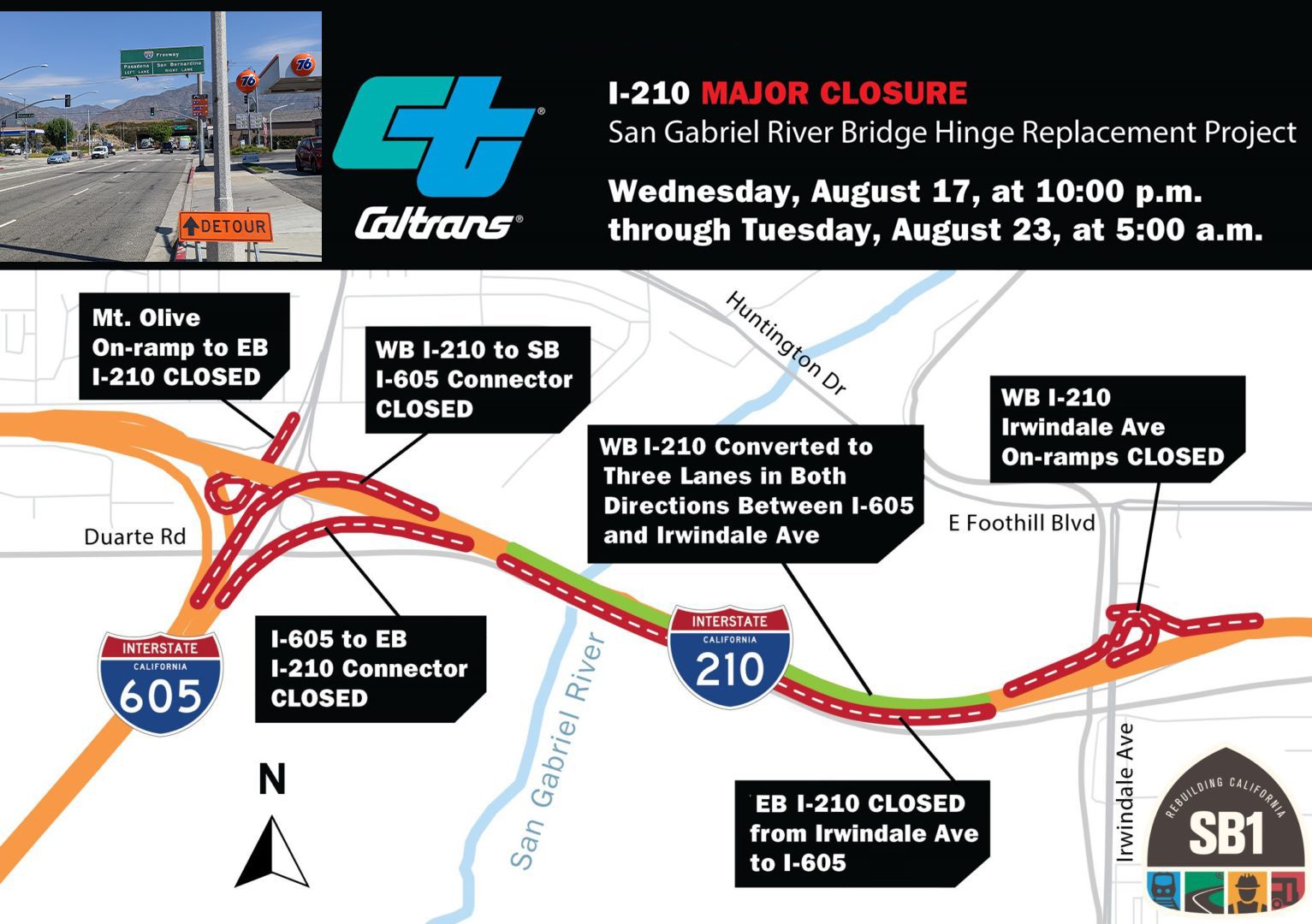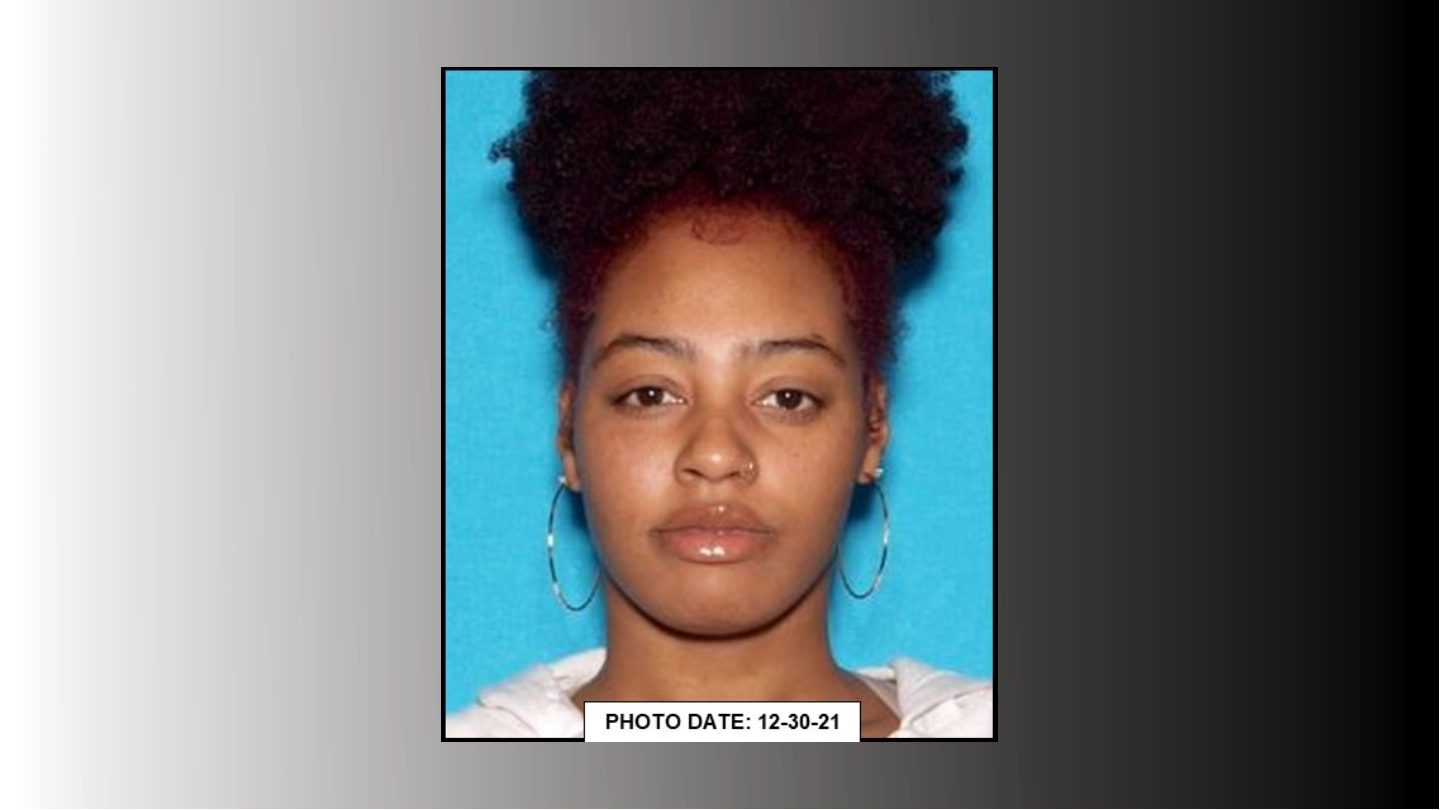Riverside County reported 13 more confirmed or probable monkeypox cases Wednesday, raising the overall number to 107.
Jose Arballo, a spokesman for the Riverside University Health System, said the new cases were all in men between the ages of 25 and 65, with 11 from the Coachella Valley and two from western Riverside County.
The first probable or confirmed case in a female was reported on Tuesday.
Last Wednesday, Arballo reported the total probable/confirmed cases stood at 71, up from 35 the previous week. Two cases originally reported in Riverside County have since been assigned to San Bernardino County.
Riverside County Public Health Officer Geoffrey Leung signed a public health emergency proclamation last week in an effort to focus attention on the virus, and the county Board of Supervisors ratified the proclamation Monday.
“We have seen the devastating physical effects of monkeypox on those who have been infected, as well as the emotional toll on partners, family and loved ones,” Leung said in a statement. “Now is the time for Public Health, our community partners and local leadership to reinforce our commitment to work together to slow and eventually stop the spread of this virus.”
State and federal officials also proclaimed emergencies in response to monkeypox.
Riverside County health officials have distributed 75% of their allotment of monkeypox vaccine doses to DAP Health, Eisenhower Medical Center, Borrego Health and RUHS’ EIP clinic in the Coachella Valley from the county’s limited supply, Arballo told City News Service.
He said the county received 3,514 doses of the two-dose JYNNEOS monkeypox vaccine, enough for about 1,750 people, before the 75% was distributed to the Coachella Valley.
The other 25% was kept for RUHS efforts such as larger scale events and post-exposure prophylaxis, Arballo said.
“We continue to work on adding additional community partners to make our limited vaccine supply available more widely, as we also continue to advocate for more vaccine doses for our county,” Arballo said.
According to health officials, the vaccine can prevent infection if given before or shortly after exposure to the virus.
The county is also working with community partners to expand eligibility for the two-shot vaccines to include at-risk individuals, and to set up treatment sites with Tecovirimat — an antiviral medication used to treat orthopoxvirus infections such as monkeypox.
The U.S. Centers for Disease Control and Prevention and the California Department of Public Health advise that the vaccine be prioritized for high- risk and exposed patients. Gay and bisexual men are at increased risk of contracting the virus, according to the CDC.
The World Health Organization has declared monkeypox a “public health emergency of international concern.”
As of Tuesday, a total of 1,945 monkeypox cases were confirmed in California — the second-highest of any state, behind New York’s 2,620 — while nationwide, the aggregate count was at 12,689, according to the latest CDC data.
Monkeypox is generally spread through intimate skin-to-skin contact, resulting from infectious rashes and scabs, though respiratory secretions and bodily fluids exchanged during extended physical episodes such as sexual intercourse can also lead to transmission, according to the CDC.
Symptoms include fresh pimples, blisters, rashes, fever and fatigue. There is no specific treatment. People who have been infected with smallpox, or have been vaccinated for it, may have immunity to monkeypox.
People with symptoms are urged to visit a medical provider, cover the rash area with clothing, wear a mask and avoid close or skin-to-skin contact with others.
The CDC particularly recommends those steps for people who recently traveled to an area where monkeypox cases have been reported or who have had contact with a confirmed or suspected monkeypox case.
A full list of countries that have confirmed monkeypox cases is available at wwwnc.cdc.gov/travel/notices/alert/monkeypox. A state-by-state tally of cases is available at www.cdc.gov/poxvirus/monkeypox/response/2022/us- map.html.

